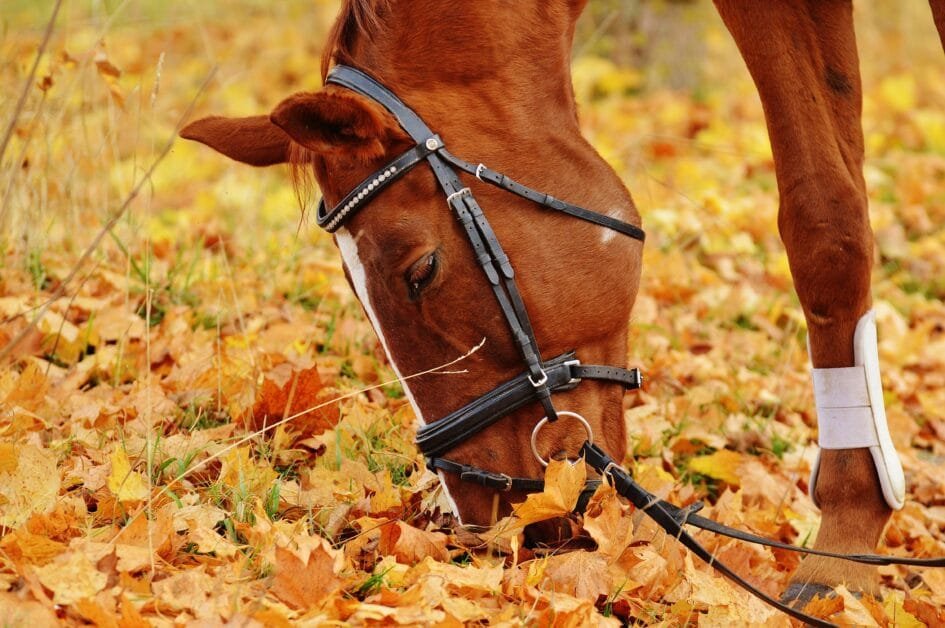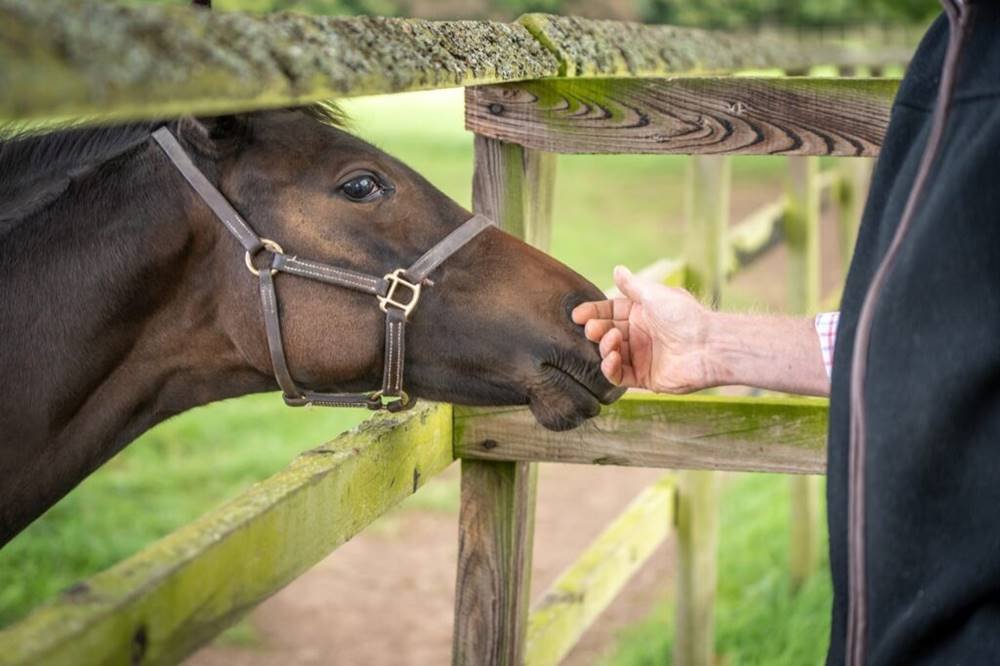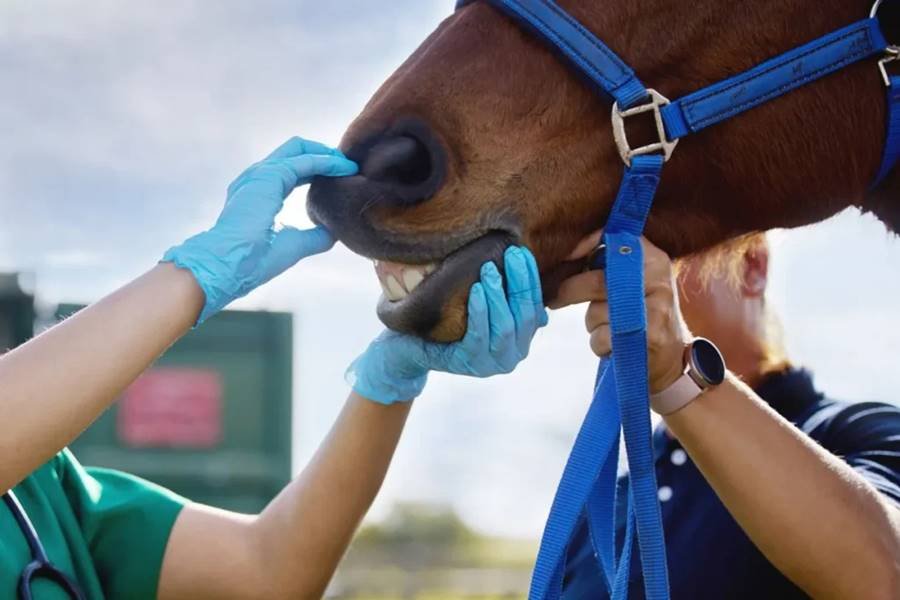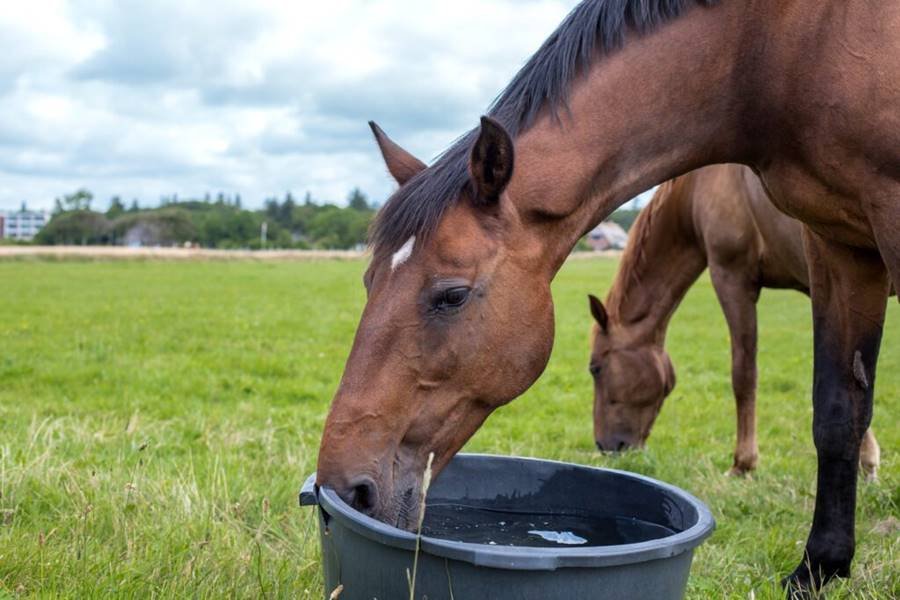Fall Foliage: Toxic Plants to Avoid for Your Horse
As the leaves change and fall approaches, it’s essential for horse owners to be aware of the potential dangers posed by certain plants that become more prominent during this season. Some common fall foliage can be toxic to horses, leading to serious health issues. Here’s a guide to help you identify these harmful plants and keep your horse safe.
1. Identifying Toxic Plants
Several plants are particularly toxic to horses during the fall months. Familiarize yourself with these to prevent accidental ingestion:
- Red Maple (Acer rubrum): The leaves of the red maple can cause severe anemia in horses. Symptoms include lethargy, dark-colored urine, and increased heart rate. Even wilted leaves are dangerous.
- Boxwood (Buxus spp.): While commonly used as landscaping shrubs, boxwood is toxic to horses. Ingestion can lead to gastrointestinal upset, diarrhea, and, in severe cases, respiratory distress.
- Black Walnut (Juglans nigra): Shavings or bedding made from black walnut can be harmful. Exposure can cause laminitis, which is a painful condition affecting the hooves.
- Oleander (Nerium oleander): All parts of the oleander plant are highly toxic. Ingesting even a small amount can lead to heart problems and potentially be fatal.
- Yew (Taxus spp.): The leaves and seeds of yew are highly toxic to horses and can cause sudden death due to heart failure.
2. Preventing Access to Toxic Plants
To protect your horse from toxic plants, consider the following preventive measures:
- Regular Property Inspection: Walk your property regularly to identify and remove any toxic plants. Pay attention to areas where horses may graze or roam.
- Fencing: Use fencing to keep horses away from areas where toxic plants grow. This can help limit their exposure to potentially harmful foliage.
- Educate Yourself and Staff: Ensure everyone involved in your horse’s care is educated about toxic plants. This includes barn staff, trainers, and anyone who handles the horses.
3. Recognizing Symptoms of Poisoning
Being aware of the symptoms of plant poisoning can help you act quickly in case of accidental ingestion. Common signs include:
- Lethargy or weakness
- Changes in appetite or drinking habits
- Colic (abdominal pain)
- Diarrhea or abnormal droppings
- Difficulty breathing
- Nervousness or agitation
If you suspect your horse has ingested a toxic plant, contact your veterinarian immediately.
4. Safe Plant Alternatives
When landscaping or planting around your horse’s area, consider using horse-safe plants. Some safe options include:
- Ornamental grasses: These are generally safe and can add beauty to your landscape.
- Horsetail (Equisetum spp.): A hardy plant that poses no threat to horses.
- Lavender: While not a primary food source, it is safe and can provide a pleasant scent.
5. Educating Yourself About Local Flora
Different regions may have various plants that are toxic to horses. Research local flora to become familiar with any specific threats in your area. Local extension services or equine organizations can provide valuable resources.
As the beauty of fall foliage surrounds us, it’s vital to remain vigilant about the potential dangers that certain plants pose to horses. By identifying toxic plants, taking preventive measures, and educating yourself about safe alternatives, you can help ensure your horse remains healthy and safe during this beautiful season. Always prioritize your horse’s well-being, and don’t hesitate to seek veterinary advice if you have any concerns.




